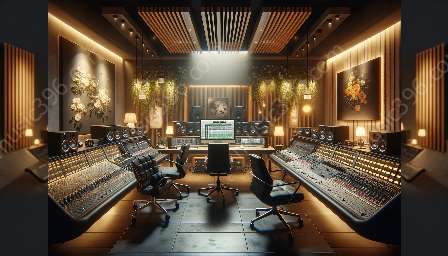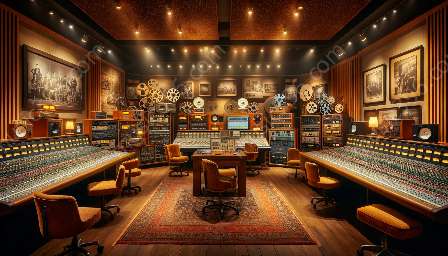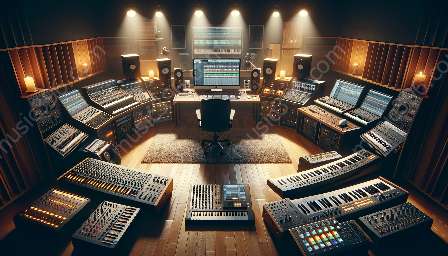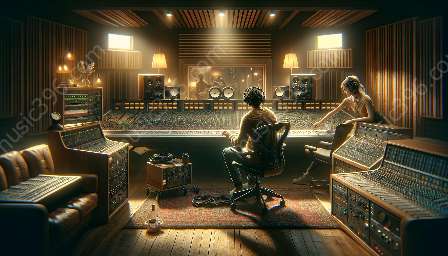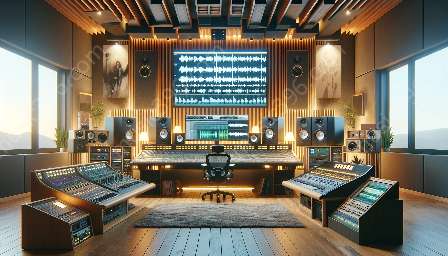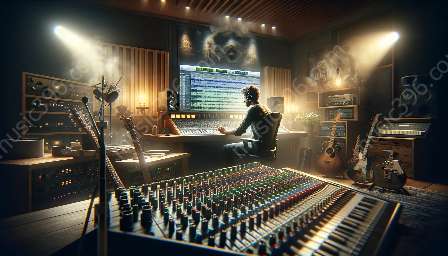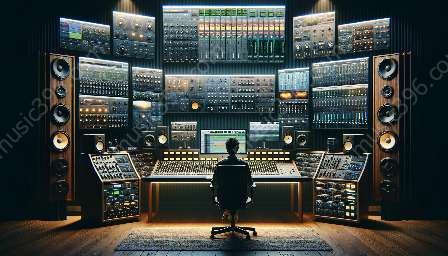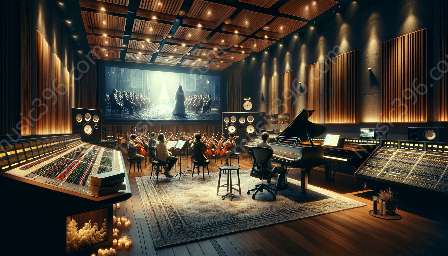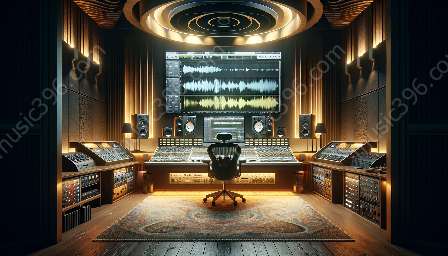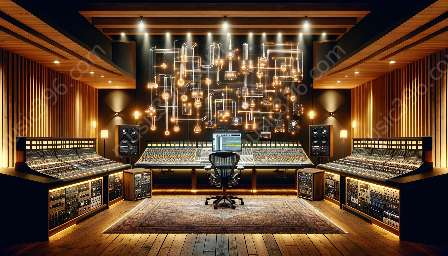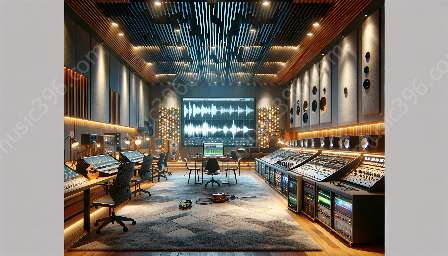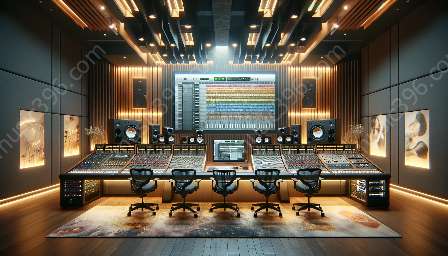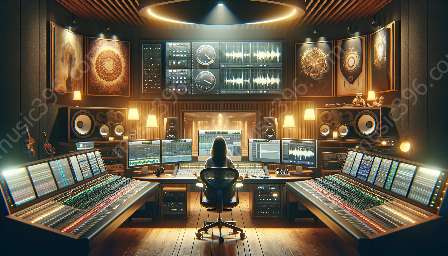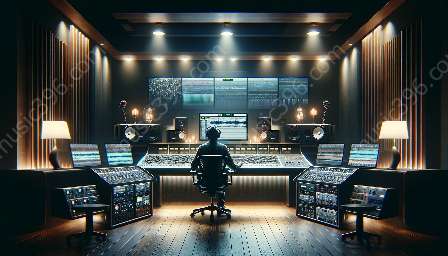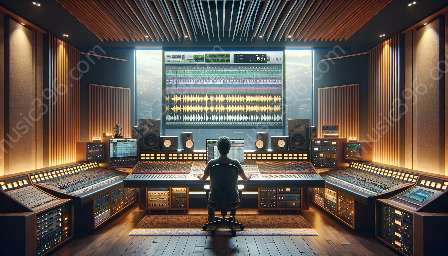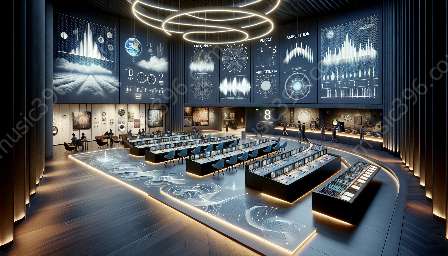Music is a universal language that connects people across the world. The way music is recorded and produced has evolved significantly with advancements in technology. Multi-track recording has revolutionized the music industry, offering endless possibilities for artists and producers.
The Evolution of Multi-Track Recording
Multi-track recording allows separate sound sources to be recorded individually and then combined into a single recording. This process enables the recording of multiple tracks or layers of sound, which can be edited and mixed to create a cohesive musical arrangement. This innovation has transformed the way music is composed, arranged, and produced.
Impact on Composition
Multi-track recording has had a profound influence on the composition of music. It has empowered musicians and composers to explore complex arrangements and experiment with different sonic textures and layers. The ability to record individual parts separately has facilitated the creation of intricate compositions that would have been challenging to achieve in a live recording setting.
Enhanced Creative Freedom
With multi-track recording, artists have the freedom to layer multiple instruments and vocals, allowing for greater creativity and musical expression. This has expanded the possibilities for composers to craft rich, multi-dimensional compositions that showcase their artistic vision without the limitations of traditional recording methods. The ability to overdub or layer tracks has also opened doors for innovative sound design and unconventional musical structures.
Experimental Arrangements
Multi-track recording has encouraged musicians to experiment with unconventional arrangements and sonic landscapes. The ability to manipulate and fine-tune individual elements of a composition has given rise to avant-garde and boundary-pushing music that challenges traditional norms. Artists are now able to weave intricate layers of sound, creating immersive and captivating musical experiences that transcend conventional arrangements.
Revolutionizing Production
Multi-track recording has not only impacted the composition of music but has also revolutionized the production process. The flexibility offered by multi-track recording technology has empowered producers to sculpt and shape the sonic characteristics of a recording with precision. This level of control over each individual track has elevated the quality of music production and allowed for a meticulous attention to detail.
Sonic Depth and Clarity
Through multi-track recording, producers can enhance the depth and clarity of a recording by fine-tuning the balance and placement of each element within the mix. This meticulous approach to production has led to the creation of immersive and sonically captivating music that engages listeners on a deeper level.
Collaborative Innovation
Furthermore, multi-track recording has facilitated collaborative innovation in music production. Artists, producers, and engineers can work together remotely, contributing their individual elements to a recording without the constraints of being in the same physical space. This collaborative approach has broadened the scope of creative possibilities and fostered new methods of artistic collaboration.
Conclusion
Multi-track recording has undeniably transformed the landscape of music arrangement and composition. Its impact on the creative process has been profound, empowering artists and producers to explore new frontiers of musical expression. As technology continues to advance, the influence of multi-track recording on music will undoubtedly continue to shape the future of musical innovation.



